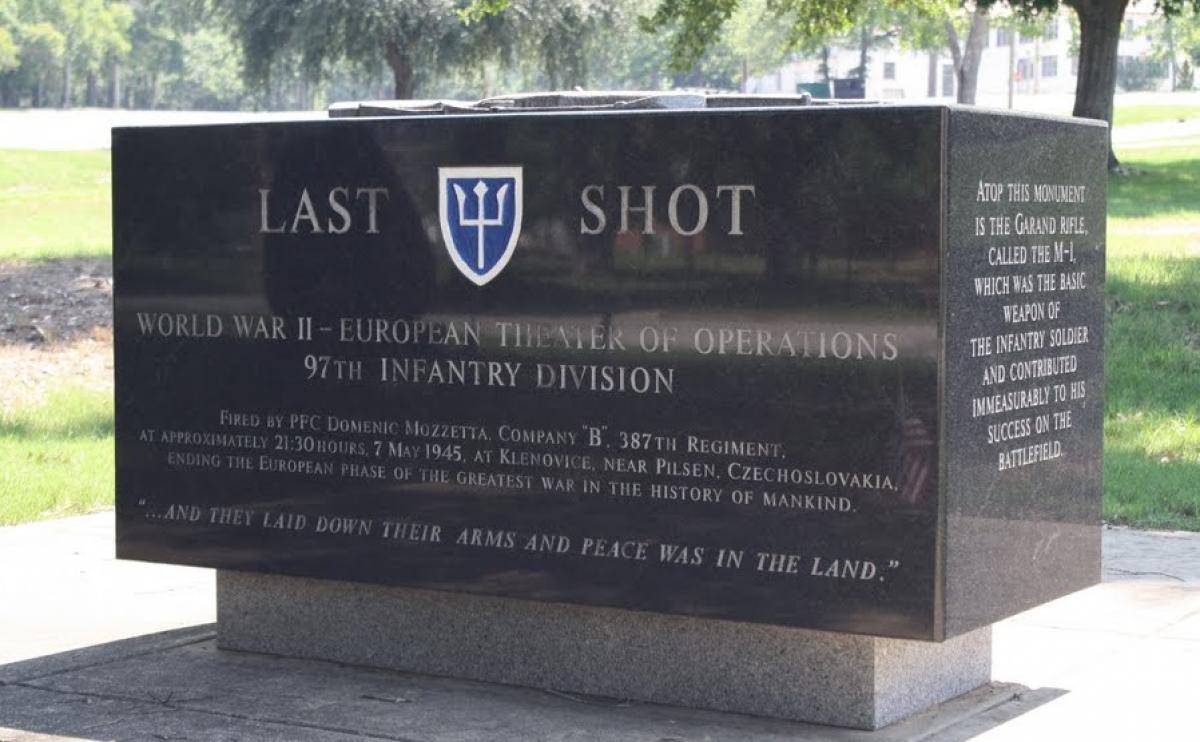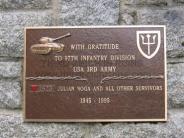- Our Community
- Community Overview City History Community Demographics Chamber of Commerce Events and Activities City Calendar City Parks On-Line Store Cemeteries Local Weather Photo Gallery
- Library School District Public Safety Emergency Management Police Fire ADA Compliance Americans with Disabilities Wall of Honor Wall of Honor
- Grove Regional Airport Grand Lake Association INTEGRIS Grove Hospital Har-Ber Village Lendonwood Garden Playmakers Theatre Cayuga Mission
- Doing Business
- Welcome Visitors
- Grand Lake Association Grove Area Chamber of Commerce Grove Regional Airport Playmakers Theatre
- Cayuga Mission Har-Ber Village Lendonwood Garden Grand River Dam Authority (GRDA)
- On-line Store Photo Gallery Events Where to Eat Where to Stay Where to Park in Downtown Grove Wolf Creek Park & Boating Facility
- Inside City Hall
- Contact City Hall Staff Directory Submit a Complaint or Comment City Code Comprehensive Plan Jobs - Equal Opportunity Employer Non-Discrimination Download Employment Application Submit Employment Application
- Agendas and Minutes City Council Boards and Committees Convention and Tourism Bureau Economic Development Authority Municipal Airport Authority Municipal Service Authority Planning and Zoning Board Zoning Board of Adjustments ADA Compliance Americans with Disabilities
- Departments Administration Airport Buildings and Grounds Community Development Economic Development Finance Fire Emergency Management Municipal Court Police Public Works Utility Services
- Helpful Resources
- Alerts and Notifications Email Subscriptions Events and Meetings Agendas and Minutes City Calendar In the News City News
- Contact the City Staff Directory Submit a Request or Concern Code Red Code Red Login Documents and Forms Documents and Reports Forms, Permits and Applications Maps
- Social Media City of Grove on Facebook Wolf Creek Park on Facebook Grove Animal Control on Facebook Frequently Asked Questions Frequently Used Numbers Helpful Links
United States Army 97th Infantry Division (Trident)

U. S. ARMY 97TH INFANTRY (TRIDENT DIVISION) - The 97th Infantry Division was a unit of the United States Army in World War I and World War II. Nicknamed the Trident division because of its shoulder patch, a vertical trident in white on a blue background, it was originally trained in amphibious assaults as preparation for deployment in the Pacific Theater, it was pulled to infantry in 1944 when casualties in Europe needed to be replaced.
World War I
The division was organized at Camp Cody, Deming, New Mexico and activated September 5, 1918; one infantry regiment (303rd) served with the 76th Division. The division was composed of National Army draftees mainly from Maine, Vermont and New Hampshire. Later recruits came from Oklahoma and Minnesota. The strength of the division at demobilization was 402 officers and 7,889 men. Neptune's trident was originally adopted as the division's symbol, to represent the coastal states of Maine, Vermont and New Hampshire, from which recruits were drawn in 1918. The three prongs of the trident represent the three states, the blue symbolizes the states' numerous fresh water lakes, and the white of the border and trident represents the snow that covers these states' mountains.
World War II
The 97th Infantry Division was reactivated on February 25, 1943 at Camp Swift, Texas. Most of the initial recruits came from the 95th Infantry Division stationed at Fort Sam Houston, Texas. In February 1944 the division was moved to Fort Leonard Wood, Missouri for additional training. During 1944 approximately 5,000 soldiers were stripped from the division and sent as replacements to other units in Europe. Division strength was eventually restored when the Army Specialized Training Program was terminated and its personnel were reassigned to Army Ground Forces.
Because of the high number of American casualties during the Battle of the Bulge, several American units earmarked for the Pacific, including the 97th Infantry Division, were ordered to the European Theater of Operations for the final assault on Germany. The strength of the division upon deployment in Europe was 600 officers and 14,000 men.
- Overseas: February 19, 1945 for the ETO;
- Returned to U.S.: June 26, 1945, from the ETO
- Overseas: August 28, 1945, for the Pacific Theater, arriving September 25, 1945 in Yokohama
- Campaigns: Central Europe
- Days of combat: 41 (ETO)
- Prisoners of war taken in the ETO: 48,796
- Inactivated: March 31, 1946 in Japan
WWII Casualties
- Total battle casualties: 979
- Killed in action: 188
- Wounded in action: 721
- Missing in action: 9
- Prisoner of war: 61
WWII Awards
- Medal of Honor - 1 (Joe R. Hastings)
- Distinguished Service Cross (United States) - 1
- Distinguished Service Medal (U.S. Army) - 1
- Silver Star - 61
- Legion of Merit - 2 (A. James Faulkner[5] and Robie Macauley[6])
- Soldier's Medal - 3
- Bronze Star − 206
Cold War to Present
Reconnaissance units from the 97th were reactivated on August 8, 1962 in the Panama Canal Zone. The 97th Division was designated the 97th Army Reserve Command on December 22, 1967, at Fort Meade, Maryland. Three 97th medical units were activated and deployed to South Vietnam during the Vietnam War.
In U.S. military Operations in Panama to oust dictator Manuel Noriega in 1989, the 97th deployed troops to neutralize key Panamanian Defense Forces positions on the Pacific side of the Canal Zone; civil affairs soldiers from the 97th later assisted in rebuilding the new Government of Panama.
During operations Desert Shield and Desert Storm, more than 3,000 division troops deployed to missions in the Persian Gulf. In 1996, the 97th Army Reserve Command was reorganized and became part of the 99th Regional Readiness Command.
Click any thumbnail image to view a slideshow

